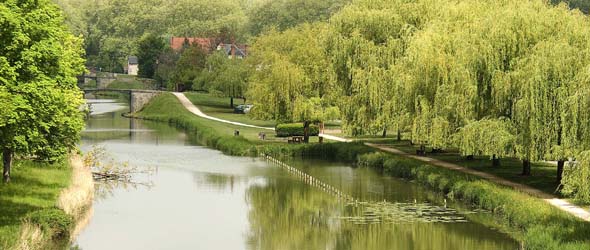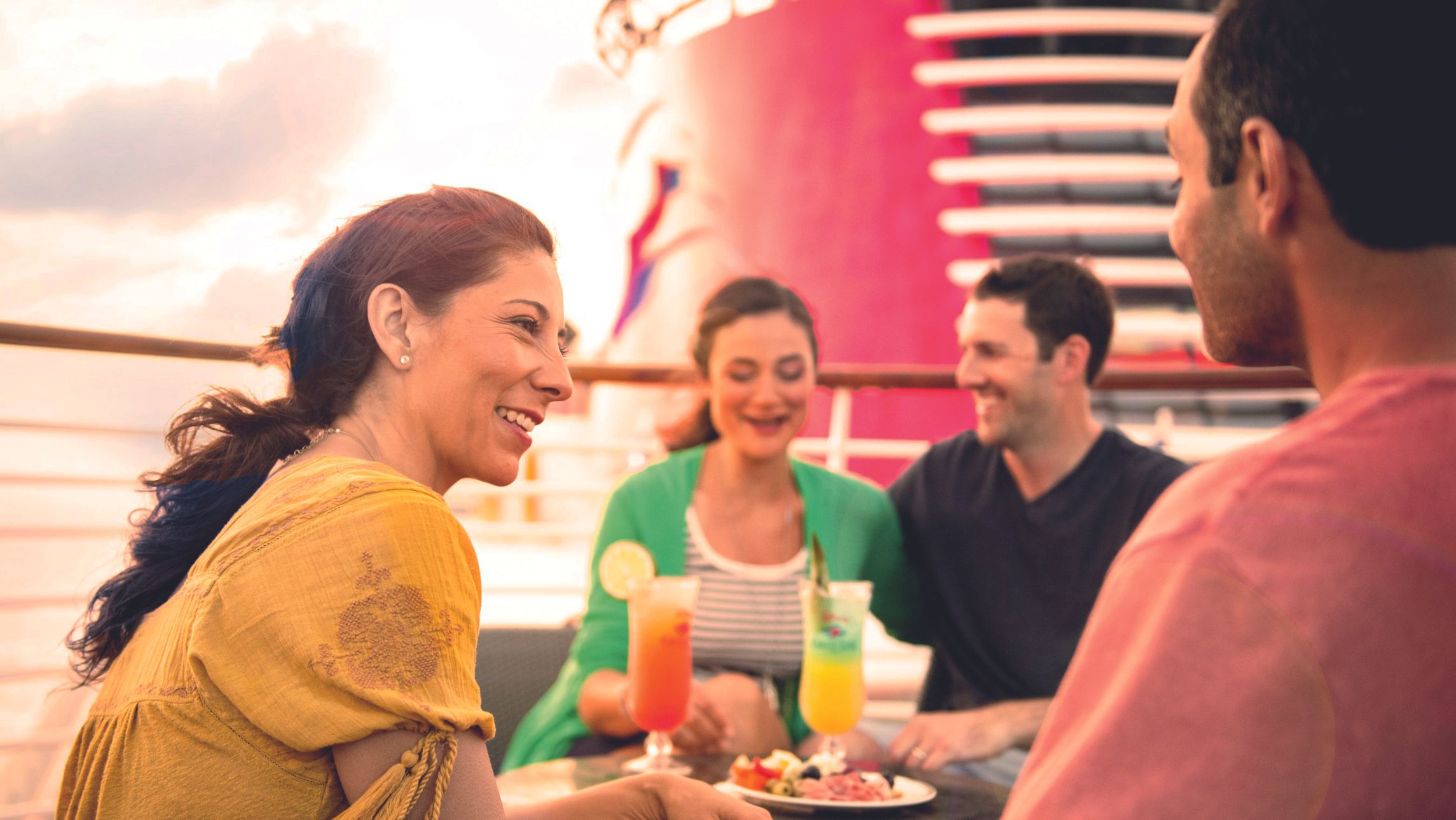Discover centuries of refined civilisation at walking pace on a converted historic cargo barge in France. Words & photos: David McGonigal
There are some moments in travel that are so inherently perfect you can almost taste them: sunrise over Machu Picchu, Christmas in a snowy New York and sailing around the islands of Tahiti are some obvious ones. But for anyone who appreciates the finer things in life, summer barging in Burgundy will be near the top of the list. So it was that I flew to France last summer, with clear expectations and high anticipation. Would reality and fantasy meet to form a perfect whole?
I had booked a seven-day cruise on La Renaissance from Montargis to Chatillon-sur-Loire that passed along the Canal de Briare and the Canal lateral à la Loire. Starting only two hours south-east of Paris by car, the trip offered a wealth of highlights.
Experienced cruisers know the frisson of excitement you get when you approach a new vessel, a new cabin for the first time. No photographs or descriptions can tell the whole story. And from the welcoming flute of champagne, La Renaissance didn’t disappoint.
After beginning her life as a cargo barge, La Renaissance joined European Waterways’ fleet in 2008 as its most luxurious hotel barge. There were just six of us for the vessel’s four cabins, all of which were down below. Each cabin measured 24 square metres and felt more like a hotel suite. (I’ve stayed in ship’s cabins smaller than my bathroom.) The furnishings were oversized and plush; the bedding, the softest down; there was a flatscreen satellite TV and DVD and CD players.
Upstairs, there was a large lounge area with a TV we never found time to turn on, a broad range of books, DVDs and videos, a Bose sound system, internet connection and a coffee station. The dining room, which had a single large table for all of us, lay forward and beyond the kitchen and crew area. At the stern was a spacious wooden deck set with a table and chairs, a jacuzzi, and a rack of bikes for onshore exploring.
All food and drinks were included in the fare and exceeded our expectations. Entrees, mains and desserts were excellent and very well presented but the wines and cheeses were the clear highlights, each described in delightful detail before it was served. Indeed, our standards rose so quickly that even a soft French cheese I had thought was sublime when I’d sampled it in Australia wasn’t the best cheese served at one lunch.
The transition from ocean cruising to river cruising is immense. River vessels don’t roll and there’s always scenery outside. The step from river cruising to barging is just as significant. Travelling only by day, generally at six kilometres per hour or less, the distance your average river barge covers in a week would take most other vessels a day, and a leisurely walking pace will keep you ahead of your barge if it’s traversing locks. You’ll cruise so close to houses and farms that you could conduct a conversation with their owners, and locks along the waterways are plentiful, ancient and incredibly tight. La Renaissance, measuring just over 51 by 5 metres, fits through several of these locks – albeit with mere centimetres to spare.
Slow travel in France reveals a nation that has spent centuries refining sophisticated living. At times, our barge is the perfect platform from which to view the glorious surrounds. But a mini-van accompanies the vessel, with staff moving it to the next destination each night, and an array of excursions is offered.
The highlight? For me, it was a trip to Sancerre, a pretty medieval village perched on a hilltop that boasts a wine-grape-growing culture stretching back to Roman times, where we visited a small private vineyard.
Gien, the home of faïence pottery; Château de Sully-sur-Loire; and a castle being painstakingly erected using ancient methods were also memorable, as was dinner at the Michelin-starred Auberge des Templiers and an afternoon in the Venice-like town of Montargis.
For me, though, the week’s two most special moments both occurred on the canals themselves. The first was at Rogny les-Sept-Écluses, where the modern waterway we were taking ran alongside the seven consecutive ancient locks – overgrown but impressive – that had first enabled vessels to traverse this terrain. Then there was Briare, the historical and engineering pinnacle of the voyage.
Briare is a nice enough town with some lovely produce on offer in its markets – but its historical role is far more significant. As Paris grew, the city needed a transport route to the Mediterranean, and Canal de Briare was born. But to get to the Med, the canal had to cross the Loire River. So architect Gustave Eiffel used his skill to design a 662-metre iron bridge that allowed the canal to pass far above the Loire.
Briare Aqueduct, which opened in 1896, displays the same ingenuity Gustave showed in his most famous creation, the Eiffel Tower. To experience it fully, you need to be on a barge, gliding along the canal looking down to the river below.
Travelling southwards as we did, this made a fitting last day’s barging before we disembarked for the drive back to Paris. It was sad to say goodbye to the crew of what we’d come to see as ‘our barge’. The drive gave me time to reflect on the many benefits of barging.
Is there a downside? There’s a risk that some members of your group won’t fit in – and barging is as intimate as spending a week at a friend’s country house.
Fortunately, for the most part, those attracted to this form of travel tend to be convivial worldly types, so the risk is minimal – but even this hiccup would be eliminated if you rented a barge with a group of friends, served by an expert skipper and the talented crew of La Renaissance.
Now, that would be a perfect holiday.








